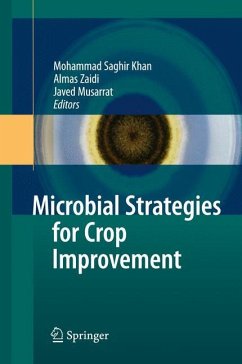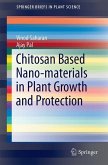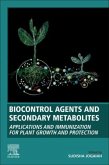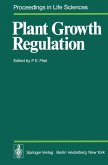With an ever-increasing human population, the demand placed upon the agriculture sector to supply more food is one of the greatest challenges for the agrarian community. In order to meet this challenge, environmentally unfriendly agroch- icals have played a key role in the green revolution and are even today commonly recommended to circumvent nutrient de?ciencies of the soils. The use of ag- chemicals is, though, a major factor for improvement of plant production; it causes a profound deteriorating effect on soil health (soil fertility) and in turn negatively affects the productivity and sustainability of crops. Concern over disturbance to the microbial diversity and consequently soil fertility (as these microbes are involved in biogeochemical processes), as well as economic constraints, have prompted fun- mental and applied research to look for new agro-biotechnologies that can ensure competitive yields by providing suf?ciently not only essential nutrients to the plants but alsohelp to protect the health of soils by mitigating the toxic effects of certain pollutants. In this regard, the role of naturally abundant yet functionally fully unexplored microorganisms such as biofertilizers assume a special signi?cance in the context of supplementing plant nutrients, cost and environmental impact under both conventional practices and derelict environments. Therefore, current devel- ments in sustainability involve a rational exploitation of soil microbial communities and the use of inexpensive, though less bio-available, sources of plant nutrients, which may be made available to plants by microbially-mediated processes.








